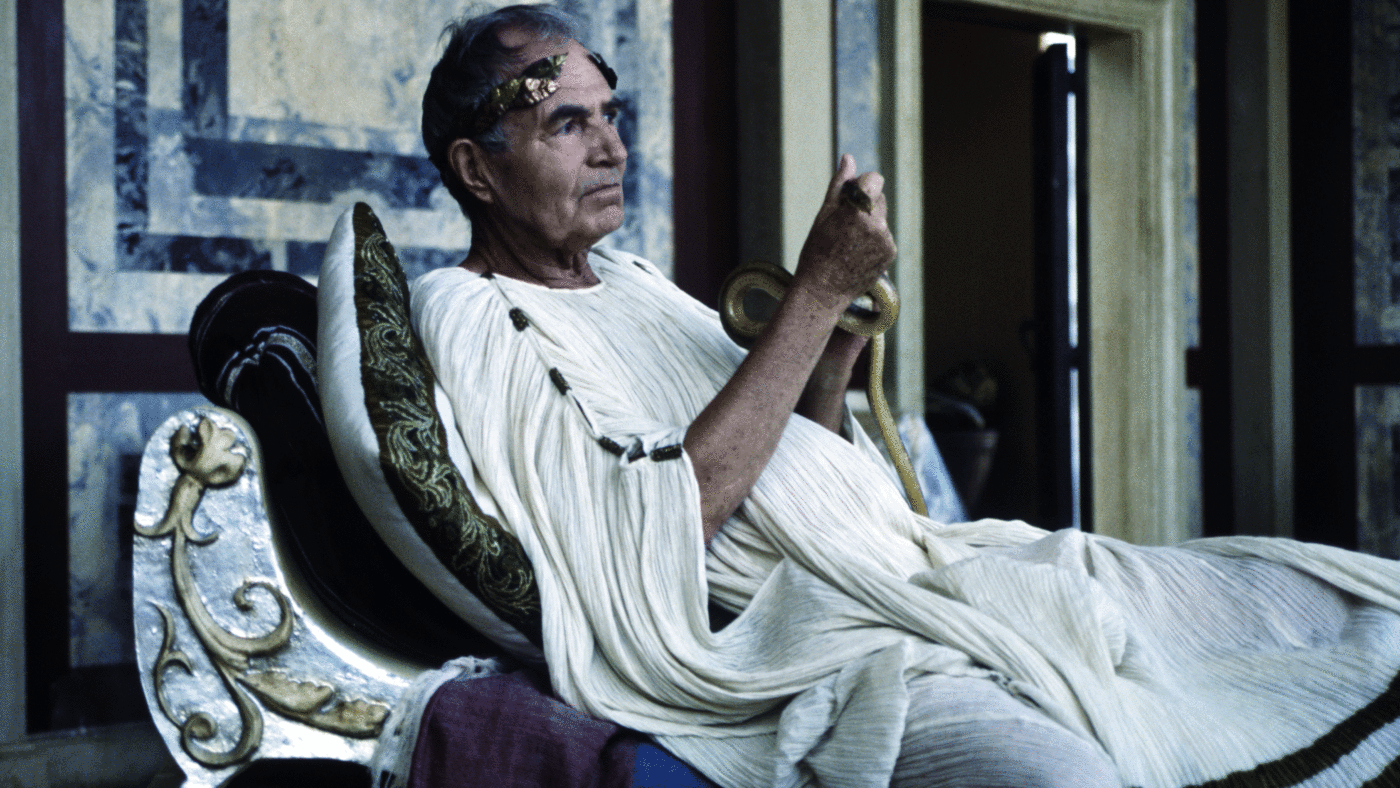The great crash of 2008 may feel like a strikingly modern phenomenon, caused by bafflingly sophisticated derivatives like credit default swaps, but it actually bears striking similarities to Ancient Rome’s financial crisis of 33 AD.
Our Roman forebears also faced a profound economic shock as a result of integrated financial markets, skyrocketing debt, cheap money and financial speculation, as I discuss in my book PUGNARE: Economic success and failure. Understanding of the history of the Roman Empire can give us profound insights and lessons into the challenges of our age.
As in 2008, the roots of the 33 AD financial crash originated in the property sector. Wealthy Roman creditors purchased land in bulk from those with outstanding debts. Just like in the US, this pushed up real estate prices. As more investment materialised, lenders expanded their reach to include those with a greater credit risk. House prices soared, and investment increased.
But then house prices took a downturn, poorer farmers and hasty elites across the Roman Empire started to default on their debts. Many were forced to sell their homes and possessions. Shockwaves rippled throughout the financial system, trade seized-up and the Roman was panic-stricken. Sound familiar?
Many hailed American economist Ben Bernanke’s response to the 2008 financial crisis as innovative and unorthodox yet, in reality, Roman Emperor Tiberius employed similar policies almost 2000 years prior.
Ruling from 14 AD to 37 AD, Tiberius succeeded Augustus, a lavish emperor with a track record for profligate spending. To get a handle on the state of the Empire’s finances, Tiberius pursued a period of economic austerity. With interest rates nearing 4%, and the cost of renting agricultural land at a record low, Tiberius slashed public expenditure and imposed stringent reductions in economic spending.
Eyeing Roman defence vulnerabilities in Germania, and fearing a lack of resources, Tiberius maintained existing levels of taxation. Notably, however, he never raised taxes in spite of the stagnant productivity across the Empire attributed to a lack of infrastructure spending. Land, however, remained a cheap asset for those with wealth to hoover up, even for those who lacked the means to pay for it.
Tiberius sought to rectify the failing agriculture sector with a new law: one-third of every senator’s fortune was to be invested in Italian lands. The senators had eighteen months to make this adjustment, with the expectation that this would fund agricultural and commercial operations elsewhere in the empire. Yet, by the time the period was up, many senators had failed to do so. This, combined with the harsh austerity measures, meant a further squeeze on the financial sector. Poorer farmers, now in debt to wealthy creditors were forced to pay back rent for land they believed was theirs.
To tackle the ever-expanding number of creditors, Tiberius injected 100m sestertii ($2 billion) into the economy to make interest-free loans available for the most heavily indebted. Prices stabilised, while wealthy Roman creditors had their assets confiscated and faced sanction by the senate. The Romans learned that tax-and-spend was vital to survival.
The financial crash of AD 33 and the Great Recession of 2008 both saw the use of quantitative easing. The US’s Troubled Asset Relief Program (TARP) saw $800 billion pumped into the banking system through tax increases. Both Tiberius and the Bush administration, which oversaw the worst of the recession, enacted bold tax cutting agendas with neither raising taxes. Similarly, the UK’s £37 billion bank rescue package followed Tiberius’ footsteps with a £250 billion debt guarantee scheme.
Both the US and the UK responded by cutting interest rates and expanding their bond-buying programmes (known as quantitative easing). A similar response by Tiberius highlights the parallels in handling between the two crises.
While the looming Covid crash may not exactly replicate that experienced in AD 33 or AD 2008, it seems wise to learn from the Romans and not treat their troubles as hollow warnings. A common misperception is that the Roman Empire collapsed because barbarians rampaged it. It did not. It collapsed because of economic failure, which left the door open for barbarian invasions.
Just as the Romans survived the crisis of AD 33, so we survived the crisis of 2008. But, in both cases our world came to the brink. Will we survive the next one? Should we be complacent, or should we have a little bit of humility and learn from the past?
Click here to subscribe to our daily briefing – the best pieces from CapX and across the web.
CapX depends on the generosity of its readers. If you value what we do, please consider making a donation.


